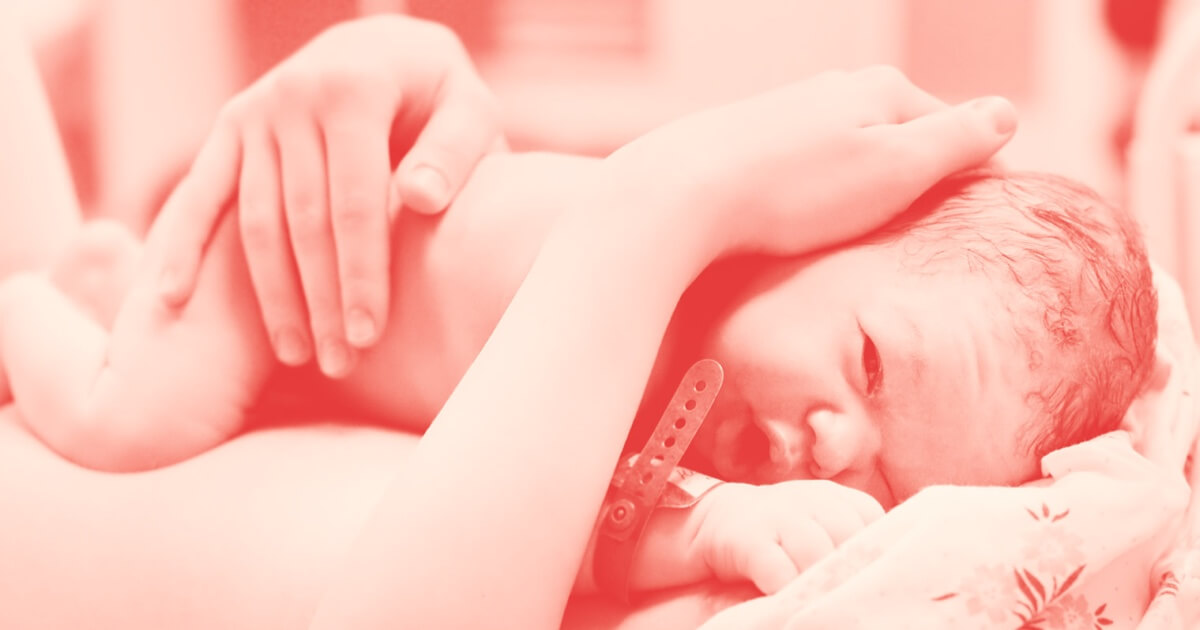Midwives play an important role in medically supporting new mothers and their children during their entire pregnancy journey. Certified nurse-midwives are nurses who are specially trained to monitor pregnancies and assist with births. There are, however, many different types of birthing specialties, and it can sometimes be confusing how these different specialties work and interact with each other during the birthing process.
What Do Midwives Do?
Midwives are responsible for the health of both mothers and their babies, monitoring the pregnancy, providing necessary treatments, and delivering the baby when the time comes. Midwives will typically begin providing care early during pregnancy, helping the expectant mother to stay as healthy as possible and avoid complications during pregnancy.
When it is time to actually deliver the baby, the midwife will be very involved, monitoring the mother throughout the labor and delivering the baby when it is time. Midwives support the mother through the process of giving birth, both physically and emotionally. Following the birth, midwives will help the mother in the recovery that follows pregnancy, as well as monitor the health of the newborn.
What Is a Certified Nurse-Midwife?
A certified nurse-midwife is an advanced practice nurse who is specifically trained with a focus on midwifery. These nurses will have a masters or doctoral level of education and will often be able to practice independently of a doctor.
Certified nurse-midwives are different from many other types of midwives in that they have a background in nursing. Many of them will have worked as labor and delivery nurses during their career and will have a better understanding of how the medical system works during the labor and delivery process.

Nurses also have a better understanding of the human body as a whole and will be better able to recognize and treat health problems beyond just pregnancy-focused issues.
What Are The Different Birthing Specialties?
There are numerous different professional roles in the birthing process, ranging from trained physicians to layperson roles. These different roles go by many different names, and people within each role have a specific scope of practice that they must stay within to legally provide care.
Obstetrician (OB)
Obstetricians are doctors who specialize in the birthing process. These physicians have the highest level of training and are authorized to do the most during pregnancy or delivery. OBs can perform cesarean deliveries and other complicated procedures.
These professionals are best for high-risk pregnancies and will ultimately provide care in the most complex situations. All other healthcare providers will ultimately follow an OBs lead for pregnancy-related healthcare issues. While OBs deliver babies, they are not typically referred to as midwives.
Certified Nurse-Midwife (CNM)
Certified nurse-midwives (CNMs) are nurses with a masters- or doctoral-level degree. These professionals are considered the next most educated type of birth-centric healthcare professional after obstetricians. CNMs will normally work in a hospital environment and will care for most pregnancies that are not complicated. CNMs always have a nursing background in addition to being a midwife.
Certified Midwife (CM)
A certified midwife (CM) is considered a type of direct-entry midwife and is similar to a CNM except that they do not have a nursing background. CMs will be required to have a masters- or doctoral-level degree and will complete a level of education similar to a CNM, but will not have the wider healthcare background that a CNM will have.
Certified Professional Midwife (CPM)
Certified professional midwives (CPMs) are another form of direct-entry midwife but will normally have a focus on providing care at birthing centers or in-home care instead of providing hospital-centric care like CNMs and CMs. Becoming a CPM does not require nearly as much education as becoming a CM or CNM does, and consequently, the scope of what they can do is limited.
Labor and Delivery Nurse (L&D Nurse)
Labor and delivery (L&D) nurses are registered nurses (RNs) who work at a labor and delivery unit in hospitals. L&D nurses are not considered midwives but work with midwives who are licensed to practice in hospitals. These professionals monitor progress during labor, administer medications, and support the midwife during the delivery. L&D nurses often serve as the “eyes and ears” of a midwife when they are not there and are an essential part of a hospital’s birthing team.
Lay Midwife
Lay midwives are usually unregulated people who help other people deliver babies. Because they are unregulated, there is no regulated training or expertise needed for this role. A lay midwife may draw on their experience with other deliveries but will not be trained to recognize complications before, during, or after delivery. Lay midwives are often preferred by people who mistrust the healthcare system or who have constrained financial resources.
Doula
Doulas are not midwives and can be thought of as a health coach specifically for the birthing process. Doulas do not provide medical care but provide emotional support and companionship during the birthing process, helping the mother to stay relaxed and centered throughout delivery.
As doulas do not actually provide medical care, they are not regulated and do not have to obtain any specific certifications. Doulas will work with midwives instead of filling the role of a midwife.
How Is Midwifery Expected to Change?
Birth rates in the United States are declining, potentially leading to a decreased need for healthcare professionals specializing in the birthing process. There is, however, also a decline in the number of healthcare professionals needed to treat the overall population. The decline in the number of available healthcare professionals has been accelerated by the COVID-19 pandemic and appears to be outpacing any decline in birth rates.
The US Bureau of Labor Statistics projects that the need for the cohort of nurse specialties that includes nurse midwives will increase 45% – must faster than average – between 2020 and 2030. Overall, the number of midwives that will be needed will increase as attrition in the medical field occurs.
Do Certified Nurse-Midwives Make a Difference?
Yes. Midwives play an essential role in healthcare at a time that most mothers will never forget in their lives. By making the birthing process as safe and comfortable as possible, certified nurse-midwives can help protect the special miracle of birth and make a difference as a new child enters their family’s life.


